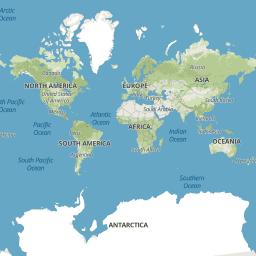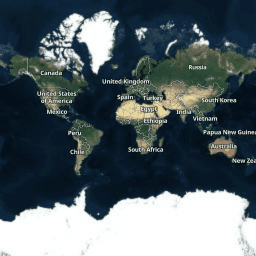Our mission
Maa Maninag Jungle Surakshya Parishad (MMJSP) is a peoples' organization created through a federalization process. Its primary members are 217 village level Forest Protection/Management Committees, which generally consist of all adult members of the villages. The village communities govern and protect forests in their vicinity, even though the forests are state owned. This initiative is a grassroot ecosystem restoration movement which has created higher scale institutions to support grassroots institutions. Some of these communities started to protect forests in 1980s, and it spread subsequently to other neighboring communities. With the support of allied NGO Vasundhara, the MMJSP, as a federation of forest protecting villages was formalised in 1998. The villages are federated at local levels into 20 cluster level Forest Protection Committees which in turn are federated into MMJSP. The Central Women Committee (CWC) was federated at the block level in 1999. Women leaders, selected from village-level forest protection and management committees, serve as members of the CWC and convene meetings on the 18th of every month.
The mission of MMJSP is to support the efforts of its member villages in protecting, managing and restoring community governed forests. The mission of the village level institution protecting forests is generally to protect and restore forests and support community livelihoods.
Classification
- Forests
- Increases Health & Wellbeing
- Mitigates Climate Change
- Protects Freshwaters
- Reduces Disaster Risks
- Safeguards Biodiversity
- Supports Livelihoods
4
Employees127000
Volunteers

Impact
Before communities started to protect and restore forests, the landscape was highly degraded in most areas, and the remaining good forest was under constant threat from intense human pressure in this densely populated area. Hills had lost green cover, leading to erosion, water scarcity, and damaged paddy fields.
Due to the stewardship of the local villages, over 10,000 hectares of forest have now been restored, bringing back dense, forest cover and stabilizing the hills. Soil erosion has been curbed, and many streams that had turned seasonal now flow year-round. Biodiversity is rebounding, with wildlife returning to the area — even elephants, tigers and leopards have been spotted in the forests being protected by the communities.
The improved water regime has boosted agriculture and improved the region’s resilience to climate shocks. More than 10,000 households now enjoy better water access, increased food security, and higher incomes from sustainable forest products like honey and medicinal herbs. Poorer families, in particular, benefit from collecting minor forest products, improving both their nutrition and livelihoods.
The forest protection process, specially the federation, has empowered marginalized groups, enabling them to advocate for government investments and pro-community policies. Over 1,300 people, nearly half of them women, now actively participate in federation decision-making bodies at various levels.
The MMJSP has also been active in supporting communities file community forest resource rights (CFRR) claims under Forest Rights Act. 136 claims for CFFR have been filed and and 36 communities' claims were recognized over 3,284 ha. of forest lands till date over giving communities legal control over their forests, legalizing their governance and use of forests.





















